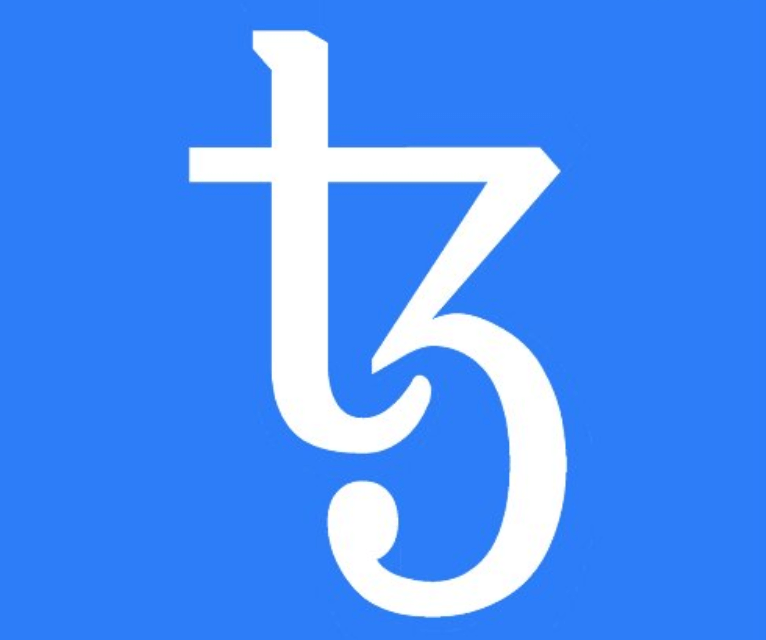Leverage Staking (also known as Margin Staking) is a concept that CoinMarketExpert unveiled to the market in April 2020. Leverage Staking (or Margin Staking) is simply the process of borrowing cryptocurrency to amplify the rewards (yield) that are received through the process of staking.
Disclaimer: All of the content written on CoinMarketExpert is unbiased and based on objective analysis. The information provided on this page should not be construed as an endorsement of cryptocurrency, a service provider or offering and should neither be considered a solicitation to buy or trade cryptocurrency. Cryptocurrencies carry substantial risk and are not suitable for everyone. No representation or warranty is given as to the accuracy or completeness of this information and consequently, any person acting on it does so entirely at their own risk. See further disclaimer at the bottom of the page.
If you are unfamiliar with the concept of crypto staking then you may want to read our staking guide or our 2021 guide to best staking crypto first. These links provide a great introduction to staking in general while the latter provides you with a snapshot of the potential staking rewards that are available on the top 10 staking cryptocurrencies.
But before you proceed any further you must know that staking isn’t everyone’s cup of tea.
If you are a HODLER (someone who prefers to hoards crypto and not trade it) then staking could be something for you to consider as part of your long-term buy-and-hoard strategy as it is surely a way to maximise the overall yield of your crypto portfolio.
And if you are an adventurous HODLER, then perhaps leverage staking (or margin staking) is something for you to look into further.
But staking in general falls under the category of passive investing and is therefore likely to be construed as ‘boring‘ by the typical crypto trader.
But boring can be good too!
Home-made leverage staking
In theory, you could implement leverage staking by taking a crypto loan from a cryptocurrency exchange or wallet and then deploy those borrowed tokens into a staking product of your choice (of course the staking yield must be greater than the cost of borrowing).
What you are essentially doing here is exploiting a yield differential (or yield advantage) between the cost of borrowing (the crypto loan) and the staking returns.
If we had to perform this type of strategy, we would probably want to use stablecoins to exclude price volatility from the equation. However, the choice of strategy would naturally depend on your level of risk aversion and the underlying exposure of your crypto portfolio.
There are more and more cryptocurrency exchanges offering loans nowadays – so here’s the question – is it possible to devise a leverage staking strategy using crypto loans?
The short answer is no.
Currently, there is no yield advantage on a home-made leverage staking strategy. This may be partially due to a lack of competition in the crypto loans market.
Popular options available to you right now!
You may be hoarding a few BTC (or many), and currently enjoying the bullish price trend. To maximise the yield of your portfolio you might consider depositing your BTC into a savings account or even stake BTC.
Crypto Staking or Saving: Both work fine
With Binance DEFI Staking you can earn an APR (Annual Percentage Rate) of 7.49% staking Bitcoin or you could deposit your BTC into a bitcoin savings account to earn an APR in the region of 6%-7%.
Home-made leverage staking: Not possible right now
An alternative would be to go to Binance and take out a crypto loan. But currently, crypto loans aren’t well suited for leverage staking.
How Crypto loans work
Let’s say you borrow 100 BUSD using your BTC as collateral. Based on the price of BTC, which is currently hovering at around $55,000, the collateral amount is 0.0028 BTC (equivalent to $154). This means you would be locking up $154 in BTC to receive a crypto loan of $100 BUSD (hardly appetising although it is what it is right now.)
➡️ Initial LTV (Loan to Value) of 65%: crypto loan amount $100 / market value of BTC holdings $154.
➡️ Margin call of 75%: If the price of BTC falls to $47,500 then the value of your 0.0028 BTC holdings drops to $133 and you would receive a margin call to top up the BTC value.
➡️ Liquidation LTV of 83%: If you ignore the margin call and the price of BTC dips further to $43,000 then the value of your BTC holding drops to $120.4 and is liquidated so that the crypto loan of $100 is repaid in full, leaving you with $20.4.
➡️ The daily interest rate is 0.15% for 30 days.
➡️ Total interest equates to 4.5 BUSD, which means in total you must repay is 404.50 BUSD when the crypto loan becomes repayable on day 30.
➡️ There is no penalty for early repayment (at least!).
The APR for BUSD on Binance DEFI Staking is 12.49% so if you deposit your $100 BUSD in this high-risk product you would be at a loss since the expected daily return of 0.034% (12.49%/365) is much lower than the daily cost of the crypto loan of 0.15%. In other words, there is no yield advantage!
For this type of home-made leverage staking to work the cost of borrowing crypto must fall below the APRs that are offered by staking or savings products.
We have established that trying to create a leverage staking strategy using crypto loans doesn’t work right now. However, conceptually it might work as the market matures. There are after all debt funds that are able to take advantage of yield differentials across bond markets due to the low cost of borrowing (although the US fed fund rate is currently close to zero).
This does indeed raise some interesting observations about the possible evolution of a crypto monetary policy although let’s save that for a different discussion.
Leverage Staking Platforms
For those leverage staking fans out there, don’t despair. We have come across 4 projects that are experimenting with the concept of leverage staking:
- ChangeX
ChangeX app is a mobile-first app that is designed to offer a simple one-stop shop for trading, staking, DeFi lending, and fiat-to-crypto purchases, allowing non-tech savvy users to enter the world of DeFi effortlessly. The ChangeX platform is also the first platform to introduce leverage staking, enabling margin positions for long-term staking and making them accessible, as with everything else, to the mainstream user — with APRs as high as 800%! Read our review to learn more about ChangeX. - Nsure.Network
Nsure.Network is a permissionless platform for whoever wants to purchase a cover. Capital providers can utilize NSURE to stake on specific insurance risks to obtain daily insurance premiums. Leverage staking is available for non-correlated assets. - Nexus Mutual
Nexus Mutual is a blockchain-based platform that offers decentralized insurance products. It uses a system of democratized risk assessment and pooled claim staking to protect against financial loss. In early March 2021, Nexus Mutual increased its staking leverage factor from 10x to 15x. - Vest.io
Vest.io allows users to stake with leverage.
At the moment the market for leverage staking is extremely underdeveloped although we will continue to monitor this space very carefully to see how it evolves.

